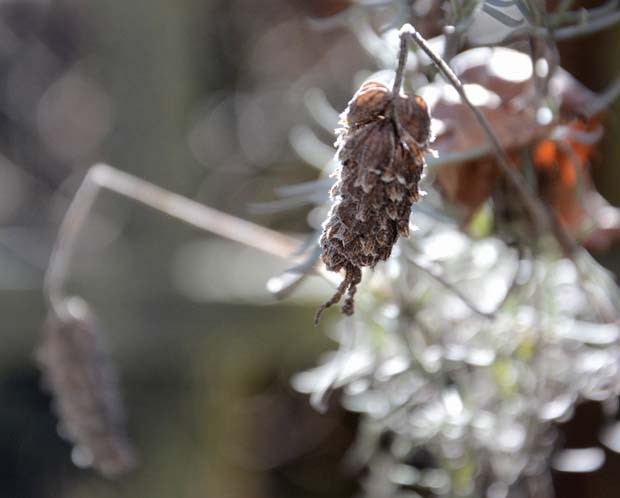Our winter-weary eyes yearn for spring's arrival and March is a busy month with lengthening days that afford more time in the garden, but gardening time is always scarce when days get long and routines get busier.
If you've been growing along with me this year, by now you have completed most structural pruning, transplanting, any renovation work, mulching and most other structural work in the garden.
Spring's approach means there will be a different kind of work about to happen. For example, there's a different kind of pruning coming as roses, sub-shrubs and ornamental grasses will need a cut. Signs of spring are everywhere, but beware: in spring there will be marauding green-washers coming out of the bushes looking to promote all kinds of things but offering few ideas. With that thought in mind, here are some ideas to grow the garden in March.
Mulch all garden beds with a coarse, organic, primarily wood-based material and enjoy not having to weed in summer. I prefer three-inch minus bark mulch instead of the iner grades, preferably all Douglas fir, but a hemlockfir mix at the three-inch size is nice too. Use what you like, after all, you have to look at it. Just remember that highly organic mulches like compost or manure feed the soil better than any other method, but those mulches also grow weeds easily. For such mulches topdress them around plants and cover with a wood-based mulch like bark to realize all of the fertility and weed suppression benefits.
Delay any fertilization of lawn or garden until mid-April to May to allow plant growth to develop and rainfall to subside, which improves the efficiency of fertilizer uptake with less leaching into the environment. Regardless of the changing climate, we still get a lot of rain in our region, and fertilizing the lawn and garden when leaves have barely developed and rainfall is heavy leads to fertilizer runoff into our oceans, creating aquatic dead zones.
The spring fertilizing ritual is done just so our lawns can be greener than green and our farms can grow faster and faster to feed us. As a society, if we continue to apply chemical fertilizer in the realm of millions of metric tonnes annually we will reap the consequence of our vanity. When it comes to changing soil pH, lime the lawn or garden only if you understand and can accurately measure the soil's pH. Otherwise it's a shot in the dark and damaging to plants and the larger environment.
Plant spring colour in the form of pansies, forced spring bulbs and spring blooming heathers planted mostly around the front entrance of the home to minimize cost and maximize value. A few choice containers will go a long way to brightening up the front door for visitors. And there are lots of interesting and colourful plants to be found at local garden centres and beyond.
Aerate the heck out of the lawn, followed by topdressing with soil, soil amender/manure or coarse angular sand. Both operations must be completed in sequence for any benefit to be realized. Aeration alone is damaging to lawn grass roots. Then, let the grass grow, to develop a longer blade, deeper roots and improved ability to outcompete weeds. A longer blade and deeper roots also grows improved drought tolerance. Overseeding with new lawn seed is sometimes done in tandem with aeration and topdressing but overseeding is only necessary if there are large bare spots. Otherwise let the existing lawn grow in and take advantage of the aeration and topdressing.
Fertilizing at this time is not needed. Wait until the grass grows leaf blades long enough to uptake fertilizer. Edging of all lawns should be done in March to provide a good framework for the lawn over summer while delineating and sharpening the lawn's edge.
Prune sub-shrubs like rosemary, thyme, lavender, Russian sage, Cistus species and so forth to promote improved foliage density in summer. Those plants can get a little tattered during winter and March is the month to cut them back to buds or growths on the lower part of the main stems, which will induce bushiness.
Power wash paving stones to remove weeds from the joints, weed by hand as needed, allow pavers to dry, then apply polymeric sand into the joints. Follow the product's directions carefully and the polymeric will harden and weed growth will be virtually eliminated. Be careful when power washing to avoid excessive removal of material between the paving stones, which can destabilize the paver's granular base.
Most importantly, as the lush new spring growth begins growing the garden back to life, take a little time to sit or walk in the garden and enjoy the consequence of healthy organic gardening.
Todd Major is a journeyman horticulturist, garden designer and builder, teacher and organic advocate. [email protected]



